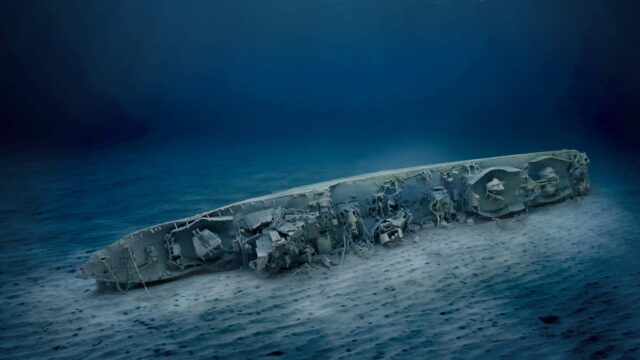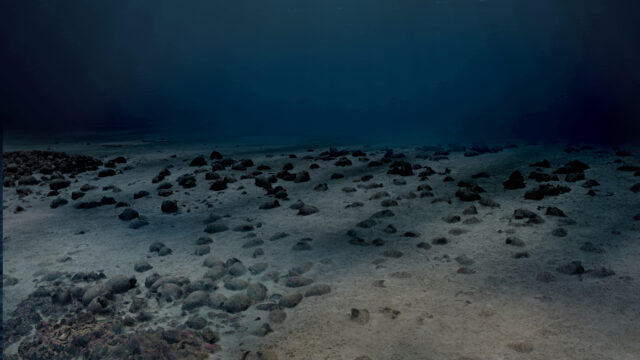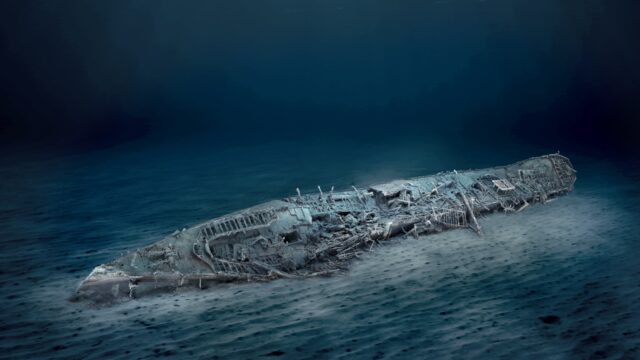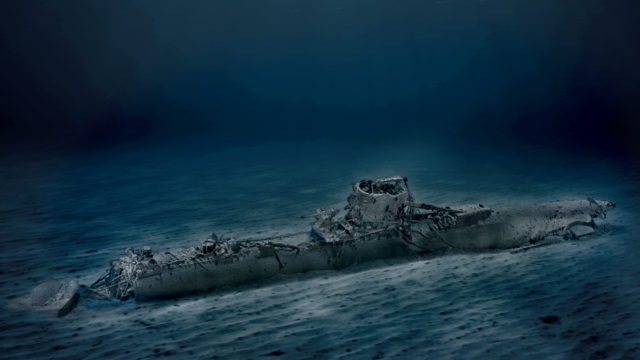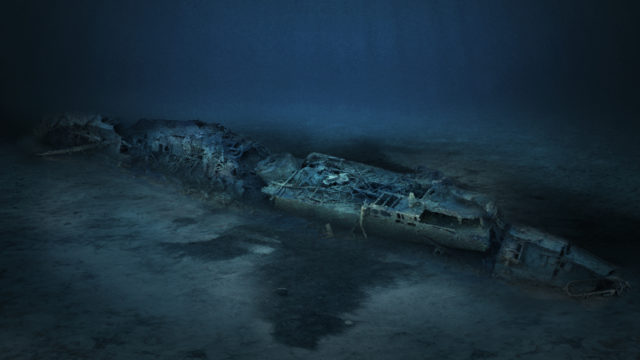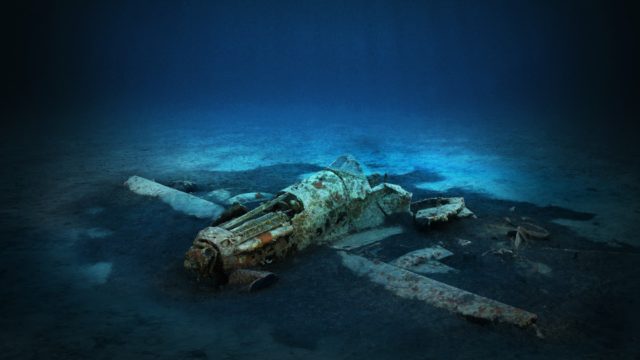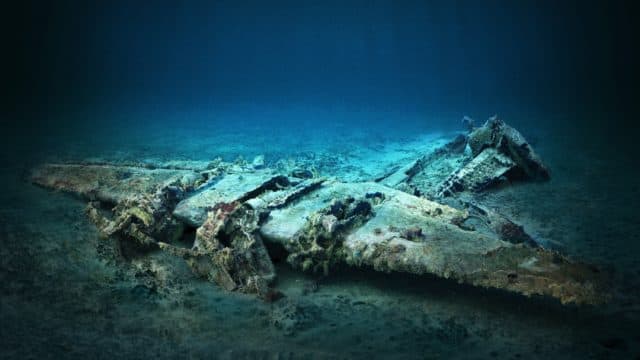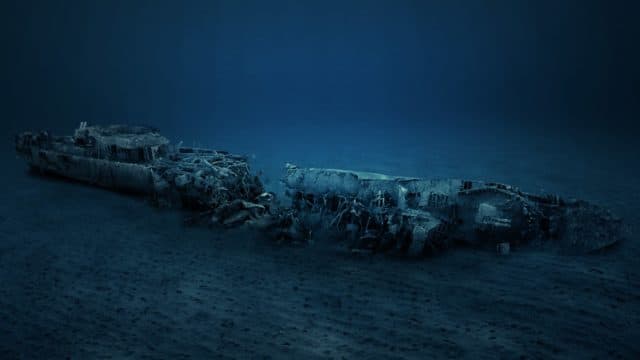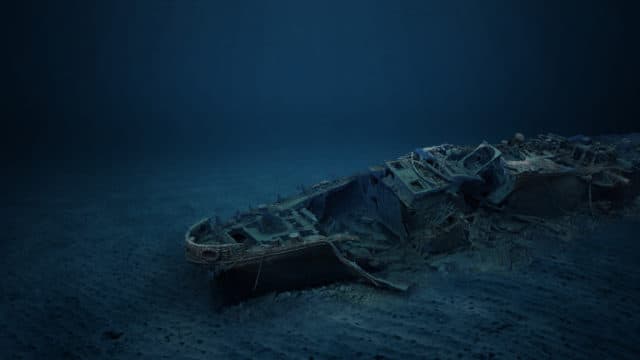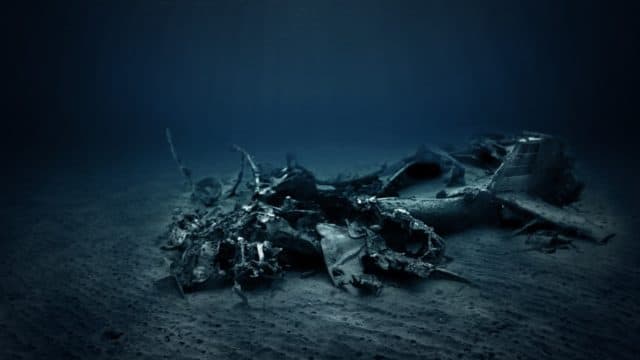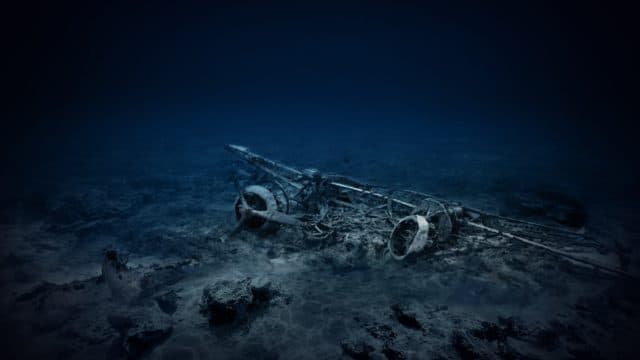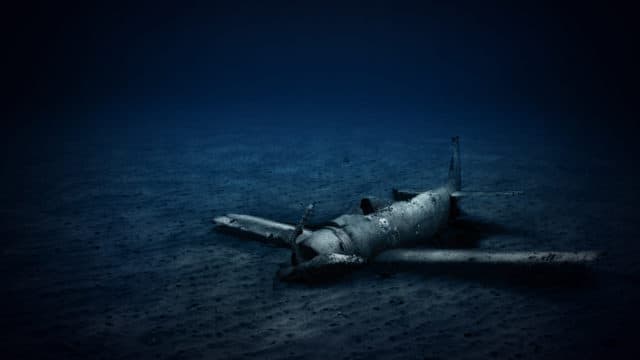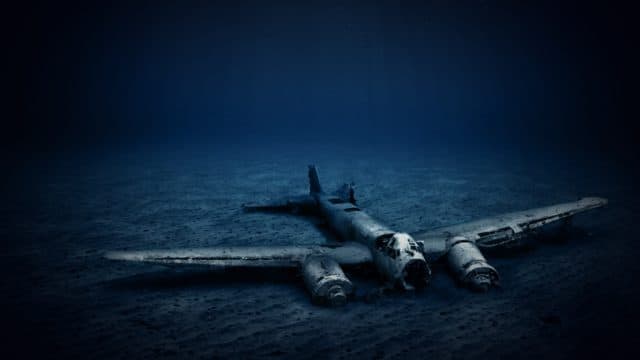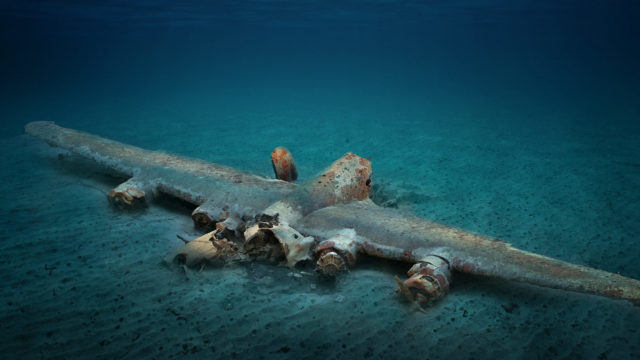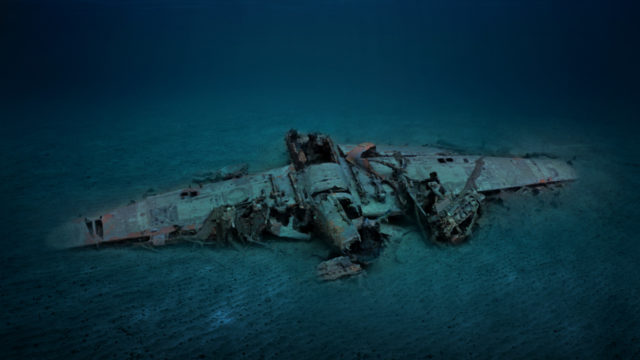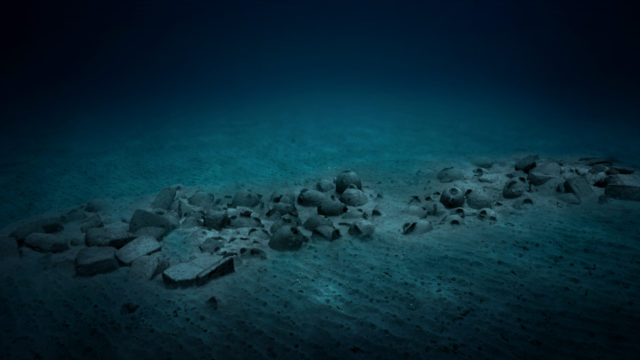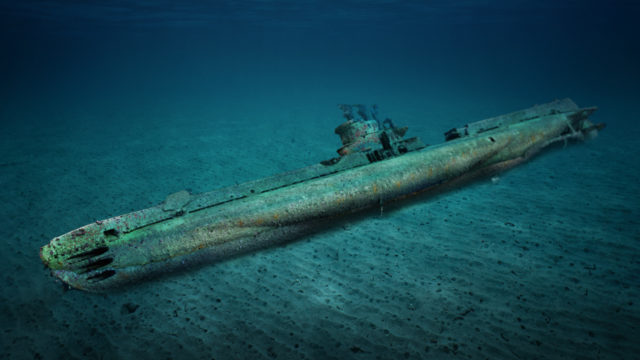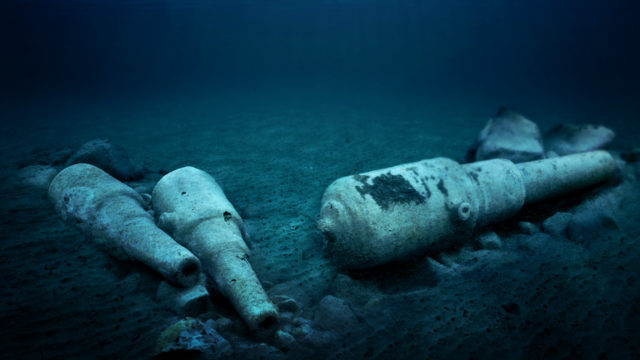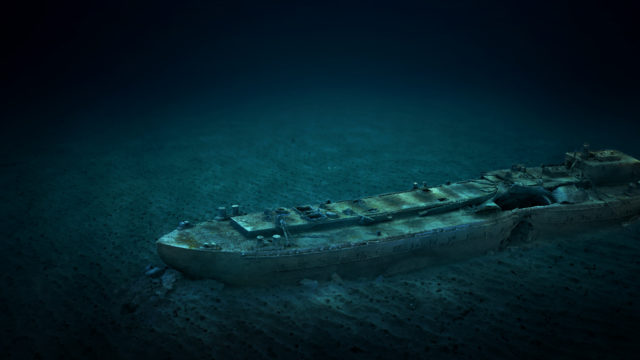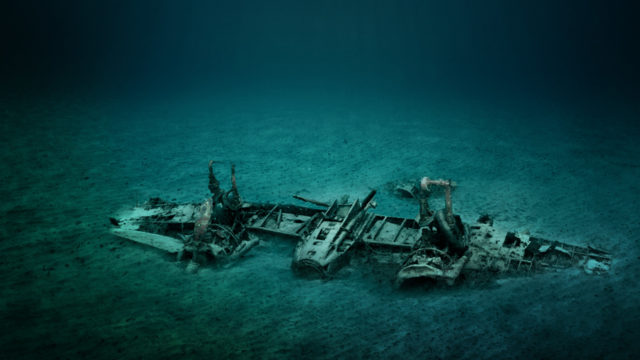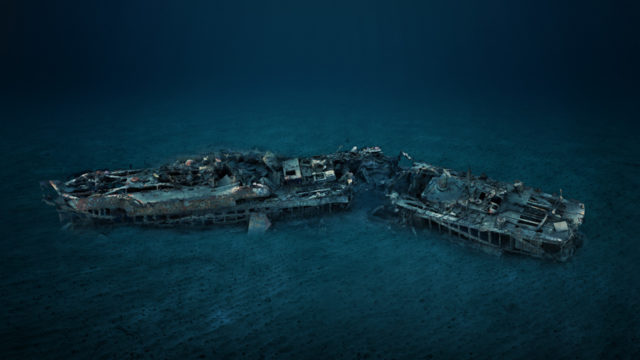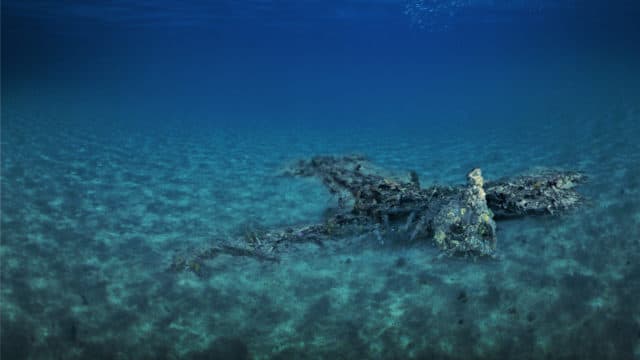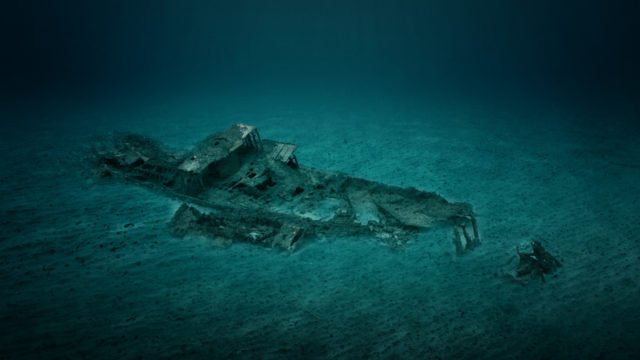About the Museum
Underwater cultural heritage sites are out of sight and more often than not out of mind. The reason for this situation is simple – the physical barrier created by the sea itself. To date, only divers or people in submarines are able to visit these historic time capsules. There still exist limitations brought about by depth, remoteness and legislation. In fact, one of the central principles of the UNESCO Convention on the Protection of Underwater Cultural Heritage is that ‘State Parties shall promote public awareness regarding the value and importance of underwater cultural heritage’, a principle that is fully endorsed by The Virtual Museum – Underwater Malta. This online platform brings underwater cultural heritage to the surface and into the homes of the general public. Using 3D, virtual reality and other media, the aim of this website is to provide access to and share Malta’s unique underwater cultural heritage with all members of the public.
The Project
In order to provide a virtual experience to the public, the project team descended to the depths using rebreather technology. Using powerful cameras and special underwater lights to systematically record the sites, high-resolution imagery obtained by divers was converted to 3D and virtual reality models. Sometimes it was necessary to carry out multiple dives so as to obtain full coverage of the site. Dive teams were composed of one cameraperson, a light operator and a safety diver. Besides using the 3D models for this museum, the recording of underwater cultural heritage sites as high-resolution 3D models allows for the creation of important benchmarks. These facilitate a comprehensive understanding of the historic fabric as well as the natural heritage of these submerged sites. This information is a vital component of strategic decisions on preservation, protection and public access.
The sites presented in this online museum are located on the seabed off both Malta and Gozo. They reflect the various roles that the islands played throughout their history. Through the centuries the islands have borne witness to events such as the foundering of an archaic shipwreck, naval blockades, the impact of naval mines and intense aerial battles. We are proud to present sites that range from a 2,700-year-old Phoenician shipwreck to First World War surface craft and, submarines and aircrafts from the Second World War. The sites presented here also form part of various ongoing projects, such as the continued investigation and deep-water excavation of the Phoenician Shipwreck, and the recording and documentation of First and Second World War vessels and aircrafts.
The 3D Models
The 3D models presented in this virtual museum have all been created using a process called photogrammetry. This process can be defined as the science of taking measurements from photographs. Digital 3D models are created from a set of overlapping photographs which are then used as the foundation for the various visualisations presented here. Depending on the size and complexity of the wreck, and on the visibility of the water, many hundreds, if not thousands, of photographs are required. In order to produce accurate results, the overlap between each consecutive photograph should be around 80%.
Photographs used to create the models are all taken by divers, with wrecks varying in terms of their depth and size. From the shallow depth and relatively small size of the Victorian Guns to the extreme depth of the Phoenician Shipwreck and the vast size of a Second World War submarine. For deeper and larger wrecks such as the Schnellboot, or those with poor visibility like the X127 Lighter, multiple dives might be required in order to capture the quantity and quality of photographs to build a 3D model. Water conditions are not the only factors that need to be taken into consideration.
The deeper a diver descends and the longer time is spent at depth, the more challenging the dive becomes. One of the main reasons for this are the stringent safety protocols and lengthy in-water decompression. For example, in order to take sufficient photographs to create a 3D model of the Phoenician Shipwreck, 15 minutes are required on the wreck itself, which would result in a three-hour decompression before surfacing. Photographs are taken using high-resolution mirrorless cameras in waterproof housings. Strong lights are used to light up the wrecks and to capture the stunning colours present on these sites. With depth colours are normally lost due to the filtering effect of the water. Once the photographs are taken, they are loaded into a computer and processed in highly specialised software. This part of the process can also be time-consuming, with processing time increasing according to the number and resolution of the photographs. Nevertheless, the value of creating such 3D models is reflected in their use as a public outreach tool, providing access to submerged heritage sites to all members of the general public, and providing a baseline from which the preservation and condition of these wreck sites can be monitored.
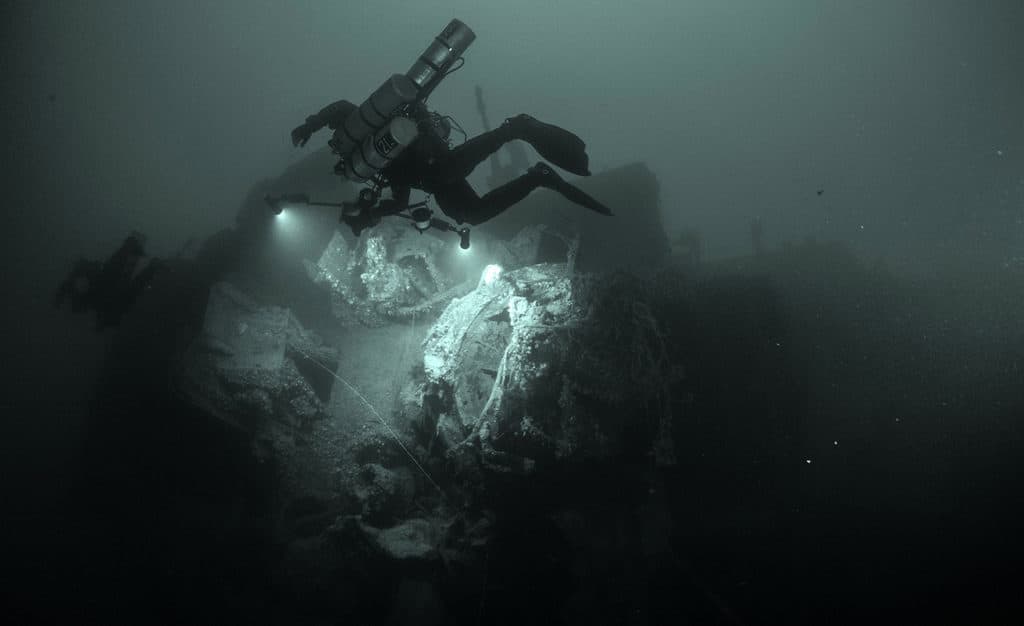
Strong lights are used to light up the wrecks and to capture the stunning colours present on these sites. With depth, colours are normally lost due to the filtering effect of the water. Once the photographs are taken, they are loaded into a computer and processed in highly specialised software.


